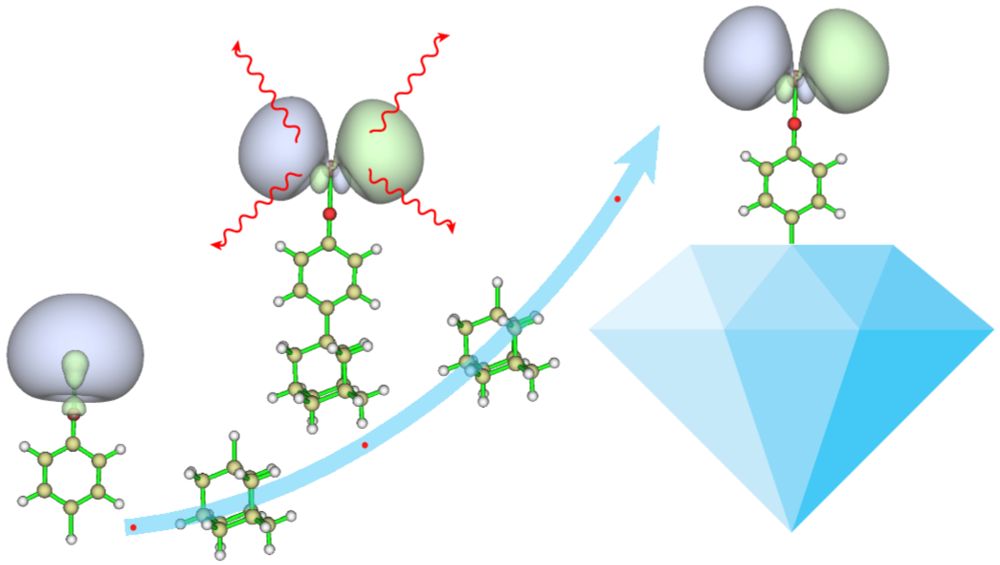
Student-run account.
https://alexandrova.chem.ucla.edu/
👉 doi.org/10.1021/jacs...
#chemsky #compchem #compchemsky

👉 doi.org/10.1021/jacs...
#chemsky #compchem #compchemsky
👉 doi.org/10.1039/D5DD...
#compchem #chemsky #compchemsky

👉 doi.org/10.1039/D5DD...
#compchem #chemsky #compchemsky
Take a look at our new paper in @jacs.acspublications.org
👉 doi.org/10.1021/jacs...
#compchem #chemsky #compchemsky

Take a look at our new paper in @jacs.acspublications.org
👉 doi.org/10.1021/jacs...
#compchem #chemsky #compchemsky
👉https://rdcu.be/eKdGn
#compchem #chemsky #compchemsky

👉https://rdcu.be/eKdGn
#compchem #chemsky #compchemsky
#ChemNobel #Chem #Chemistry #chemsky 🧪

#ChemNobel #Chem #Chemistry #chemsky 🧪
(PS: we might be a little biased 😉) #chemsky #compchem #compchemsky

(PS: we might be a little biased 😉) #chemsky #compchem #compchemsky
Hello, friends on #chemsky and #compchemsky. We're glad to be here! Stay tuned for the latest #compchem 💻 research and news from the lab!
Hello, friends on #chemsky and #compchemsky. We're glad to be here! Stay tuned for the latest #compchem 💻 research and news from the lab!

